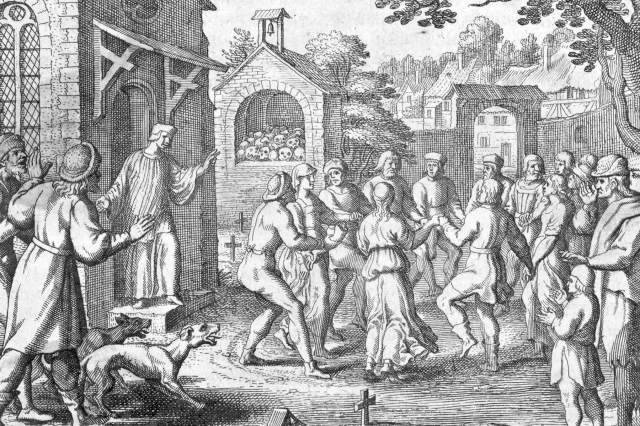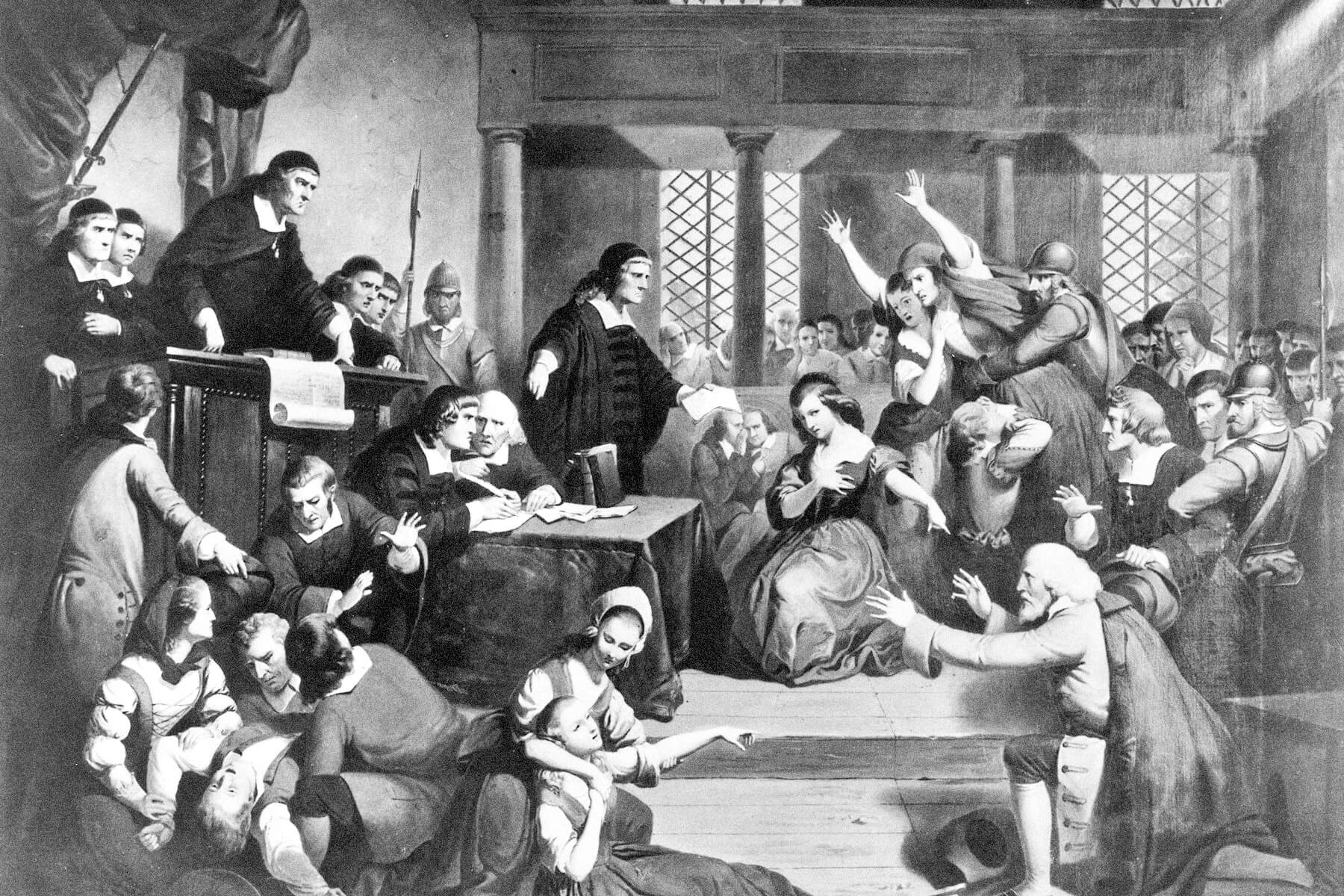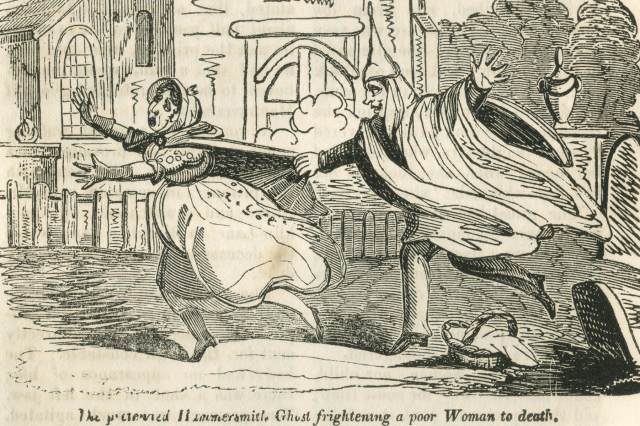The Strangest Mass Hysteria Events in History
History is dotted with instances of mass hysteria, a perplexing phenomenon in which large groups of people are struck by the same physical or mental affliction without any apparent explanation, from uncontrollable movement to widespread paranoia. Given the uncertainty as to what causes these curious events, contemporary doctors have remained baffled as to how to prevent or cure them. Though there are some theories, plenty of questions remain, in some cases hundreds of years after the incident took place. Let’s take a closer look at some of history’s strangest instances of mass hysteria, from the Middle Ages to the 20th century.

Dancing Plague of 1518
In 1518, the city of Strasbourg (in modern France) was overcome by a mysterious “dancing plague” that affected some 400 residents. It all began in July of that year, when a woman known as Frau Troffea began spontaneously dancing in the middle of the street. After a week of boogying solo, Troffea was joined by several dozen others who also developed the sudden urge to dance. The group only grew larger throughout the rest of the summer, expanding to several hundred people who danced until they collapsed from exhaustion, or in rare instances, suffered a fatal heart attack. Much as the event began without any explanation, the dancing epidemic a inexplicably started to wane by September, and the city returned to a state of normalcy.
Physicians at the time attributed the dancing ailment to “hot blood,” saying the only cure was for people to dance it out of their system until they no longer felt the urge. Other townsfolk believed they had been cursed by St. Vitus, the patron saint of dance, and were doomed to dance for eternity. But looking back, modern historians have several theories as to what caused the unusual event. Some believe it was induced by a combination of general stress and the side effects of new, untreated diseases such as syphilis. Another theory points to a fungus known as ergot, which is found on bread. If consumed, ergot can manifest itself in victims as spontaneous convulsions that may look like dance moves.



















